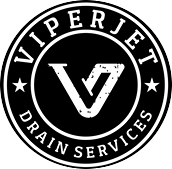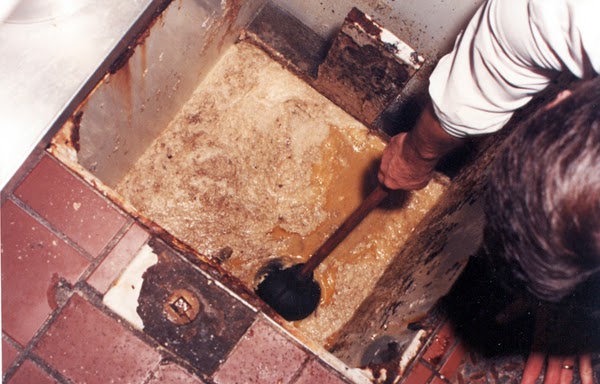Grease traps are devices that are used to prevent fats, oils, and grease (FOG) from entering the drainage system of a kitchen or restaurant. Over time, grease traps can become clogged with FOG, which can cause backups and unpleasant odors. Cleaning the grease trap is an essential task that should be performed regularly to prevent these issues.
Grease trap cleaning and liquid waste removal are essential services for restaurants, commercial kitchens, and other facilities that produce a significant amount of grease and waste water. Grease traps are designed to capture and hold grease and other solids, preventing them from entering the sewer system and causing clogs and backups. However, over time, grease and other materials can accumulate in the trap and cause it to become less effective. That’s why regular cleaning and maintenance of the grease trap is essential to ensure that it functions properly.
Liquid waste removal involves the safe and proper disposal of wastewater, sewage, and other liquid waste materials. This service is critical to prevent contamination of the environment and to maintain the health and safety of people and animals. Liquid waste removal companies typically use specialized equipment and methods to collect and transport the waste to treatment facilities or other appropriate disposal sites.
Overall, both grease trap cleaning and liquid waste removal are important services that help to keep our communities clean and safe. If you own or operate a business that generates grease or liquid waste, it’s essential to work with a reputable and experienced service provider to ensure that your waste is properly handled and disposed of in compliance with local regulations.
Here are the steps to clean a grease trap:
- Turn off all equipment that is connected to the grease trap and make sure that there is no water running into the trap.
- Remove the lid from the grease trap and use a scraper to remove any solidified FOG that has accumulated on the surface.
- Use a bucket or scoop to remove as much of the liquid FOG as possible from the trap.
- Use a hose or pressure washer to spray water into the trap, flushing out any remaining FOG and debris. Make sure to direct the water flow into a container or drain that is designed to handle FOG.
- Once the trap is thoroughly cleaned, replace the lid and turn on any equipment that was turned off.
It is important to note that cleaning a grease trap can be a messy and unpleasant task. It is recommended that you hire a professional service to clean your grease trap on a regular basis. This will ensure that the trap is cleaned properly and that any FOG is disposed of in an environmentally responsible manner.

